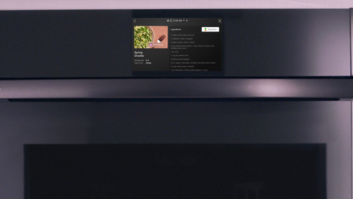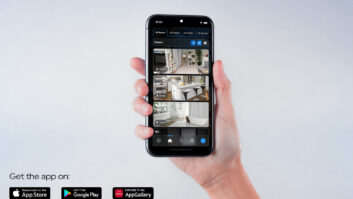As e-commerce grows, and shipping revenues fall, retailers also pinched
E-commerce has apparently become a victim of its own success.
As more and more consumers gravitate to online shopping, drawn by its convenience, increased reliability and this season’s free-shipping offers, carriers like FedEx, UPS and the U.S. Postal Service are feeling the stress.
According to a study by Kurt Salmon, the higher-than-anticipated volumes are already impacting deliveries, with 9 percent of test packages sent via UPS Ground encountering some type of unexpected delay in the shipping process.
The management consultancy based its conclusion on an examination of online orders placed with 62 retailers across all channels and categories, including big-box stores, specialty retailers and online-only merchants. It also analyzed online orders that were shipped to consumers as well as those picked up in stores to measure shipping speed, accuracy and cost.
The consultancy said the results recalled 2013, when order volumes exceeded retailer and carrier capacity, and 15 percent of the last-minute packages it ordered failed to make it under the Christmas tree in time.
But the news was not all grim: Spurred by the increasingly competitive marketplace, retailers increased their accuracy in getting orders out, as improved execution enabled 80 percent of retailers to complete orders within two weeks of Cyber Monday, up from 66 percent last year, with 9 percent fewer cancelled orders.
Delivery times, however, were down, with the average order-to-delivery time across all 62 retailers studied slipping 20 percent to 6.9 days. Those with the fastest fulfillment included Amazon footwear subsidiary Zappos (delivery time: one day); Lowe’s (delivery time: two days); and Amazon itself (delivery time: three days).
Among the study’s other findings:
• 90 percent of retailers offered some form of free shipping, up from 15 percent last year, and 64 percent offered free shipping on everything;
• 35 percent more retailers offered in-store pick-ups of online orders, and many expanded the service to additional doors, although only 40 percent of transactions were error-free, compared to 91 percent of delivered orders. The winners here: Target, Macy’s and Lowe’s, which provided good communication after the purchase, had the order ready in less than two hours, and made the pickup experience quick and easy across all of the chains’ tested stores; and;
• retailers are paying a price for cyber shopping. With more distribution points and packages per order, but less revenue from shipping (only 10 percent still charge a fee), merchants are facing higher-than-ever fulfillment costs.
“This year we really saw the top retailers separate themselves from the rest of the pack,” observed Kurt Salmon retail strategist Steve Osburn. “And, like Rudolph, we expect many retailers will try to follow these top performers’ lead next year, leading to even happier holidays for consumers if retailers can execute against their wish lists.”












